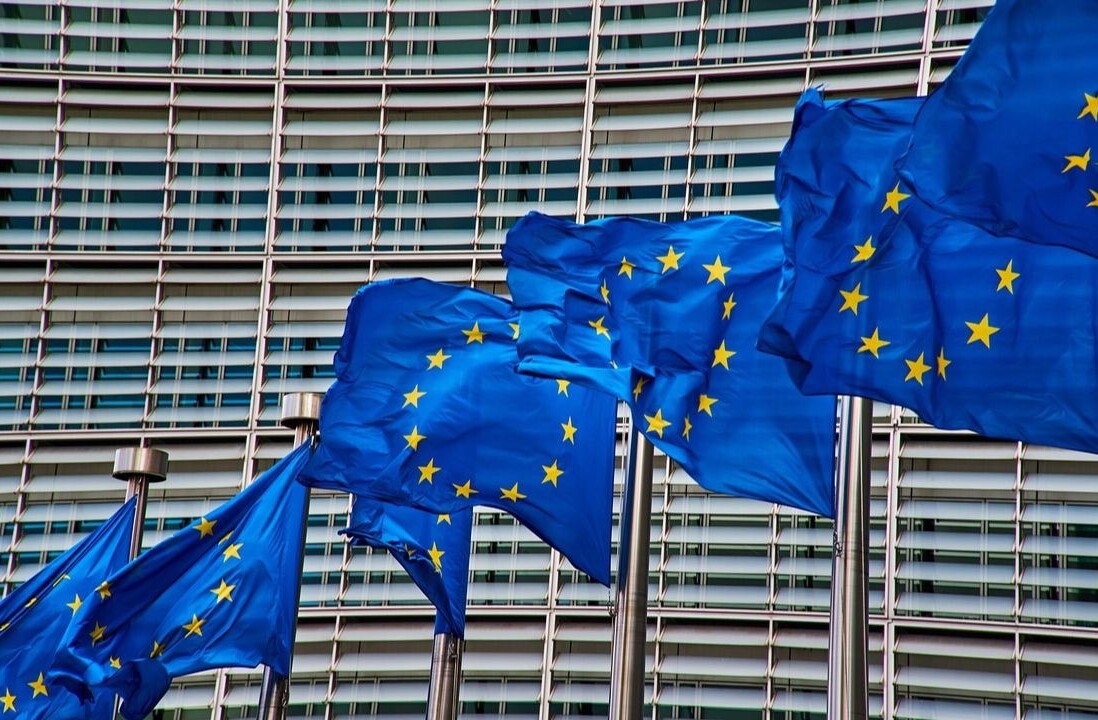
In 1997, during the dot-com boom, there were nearly 9,000 companies listed on U.S. stock exchanges. Since then, that figure has been cut in half and the number of IPOs has been in decline.
Fast forward to 2017 and startups raised over $6.6 billion through ICOs. That figure doesn’t include EOS, which had a year-long ICO that was completed in 2018 and raised over $4 billion, and there’s still the question of how to count Telegram’s $1.7 billion private token sale.
Are ICOs replacing IPOs? Not so fast.
As opposed to ICOs becoming the new normal, data suggests we might already be onto the next phase. ICOs are riddled with question marks so far in 2018, while more signs point to security token offerings (STOs) as the next big thing.
New research from analysts at BlockShow, the flagship event for the blockchain industry, shows that STOs, with stablecoins in particular, are showing significant promise.
Leading the charge, the overall volume of the tokens issued collectively on Tether, TrueUSD, and USDC grew by 43 percent from $1.385 billion to almost $2 billion. The report takes in data from 26 companies, representing over $2.12 billion in total funding.
Promising projects
A security token represents an actual security, as defined by local regulators. STOs offer investors greater liquidity and diversification, and — especially with stablecoins, which are tied to actual currency — less volatility. BlockShow’s report outlines the security token landscape and its most promising projects. It breaks the security token landscape into three sections: infrastructure, security offerings, and stablecoins. It also highlights the main trends and offers a listing of companies in each section. For example:
- Infrastructure: These companies act as platforms for third parties to launch STOs and tokenize real-world assets. While the infrastructure layer is in its early days, many of the most notable STO projects fall into this category and, according to BlockShow analysts, will soon become the backbone of the ecosystem. Key players include Polymath (which has raised $58 million), Harbor ($38 million), and TrustToken ($21 million).
- Security offerings: Thus far, regulatory uncertainty and limitations on access to capital have kept a lid on the number of security offerings, but their potential is significant. Security offerings attempt to remedy the illiquidity of most investment vehicles and could lead to the emergence of a new equity ecosystem separate from the public stock market. BlockShow found offerings can be divided into three main categories: securitized investment entities, real estate investment, and tokenized equity. Key players include Bcap, believed to be the first company to introduce a public offering for a securitized token, and Lottery.com, whose soon-to-be-completed STO is expected to be nine figures.
- Stablecoins: While STOs, in general, have significant potential, stablecoins are the cream of the crop. The main advantage of stablecoins is that they can act as a safe haven against the volatility of cryptocurrencies, and can be used in contracts built around real-world assets and goods—remedying a concern that came with many ICOs. According to BlockShow’s research, the two main categories of stablecoins are collateral-backed (whether backed by fiat or assets) and algorithmic-backed tokens. Tether was the first dollar-pegged stablecoin and is the most well-known in the industry, but other key players include Havven and TrueUSDC.
This research comes just before BlockShow returns to Singapore for the second time; BlockShow Asia 2018 will take place on Nov. 28 and 29 as part of Asia Blockchain Week, featuring talks on the post-ICO future of blockchain and stablecoins’ prospects, among other topics. While no tokens representing securities have been approved in Singapore to-date, Singapore trailed only the U.S. and Switzerland with regard to ICO projects last year. Asia is, therefore, expected to catch up with the STO trend quite soon.
Get the TNW newsletter
Get the most important tech news in your inbox each week.





